Last month I received some bad news – enough to shake me up pretty good. We’ve all been there: maybe someone you love gets in a car accident, maybe you blow an important work deal, break a leg, or lose your job. It’s bad news, but ultimately something you can get through, work out, and – hopefully – survive with grace. Grace for yourself and grace for those around you.
This is different than experiencing death or other profound loss. This drudgery of grief grinds at the spirit but doesn’t destroy us. As a coping mechanism many bury their emotions and just… move on. They protect themselves by “holding it together.”
But grief finds the cracks and shows up in unexpected ways.
After an hour of cleaning the kitchen (my first line of defense against stress and grief), I drove to the craft store, thinking I’d get some supplies to do a little art therapy. I stared at the black ink pens for so long that it would be reasonable to think I was either a shoplifter or had fallen asleep. Suddenly, I realized what was wrong: I needed something more than art therapy. I needed a friend. My husband, a.k.a. my bff, was in bed, sick, and I knew he needed rest.
I pulled out my phone, hoping to muster the courage to tell one of my friends that I wanted needed to hang out. I scrolled through dozens of names, making excuses for why they wouldn’t be able to meet me. She’s probably putting the kids to bed. I don’t want him to get the wrong idea. I just hung out with her for the first time last week. They’re out of town. She’s trying to start a business; how could I pull her away from her limited family time? I bet she’s in the middle of dinner.
And on went the excuses, the names blurring together into one big “NO.”
Why is reaching out so hard?
I’ve spent my whole life battling the feeling that I am an inconvenience to others. I decide for my friends that they don’t have time for me, leaving Keith as my primary sounding board. I’m sure a therapist would assert that this is a simple equation, involving the number of foster homes I was in as a child, multiplied by the number of times I felt unconditionally loved in those homes. But I don’t think it’s that simple.
This is not a problem limited to people who’ve been in foster homes. I’ve spoken to many people who confide that they, too, find themselves scrolling through their phones or Facebook, unsure of who to reach out to.
It’s simple, really:
We have a deluge of contacts, but a drought of meaningful connections.
As I stood there in the marker aisle of that big box craft store, staring at my phone, trying to muster the courage to text a friend, I completely tuned out the world around me. It was then that two men walked up. I didn’t see them. I didn’t hear them. I had no idea any one was near me. I just kept scrolling through my address book.
“Don’t move.” The words were spat out with equal parts anger and sarcasm.
I whipped my head up. One man was pushing another in a wheelchair. My cellphone and I were blocking their path. Mortified, I apologized as earnestly as I could. Neither man looked at me, though one did roll his eyes. They went on their way, deciding, I’m sure, that I was some cellphone obsessed flake with no consideration.
I felt like a jerk. As shame took over, the grief that landed me in the pen aisle in the first place – the grief that I’d worked so hard to “manage” – found the cracks and spilled out. I started crying right there, in front of the black ink pens. It was the last straw on a weird day.
Let me be clear: I am certain those men deal with oblivious people all the time. They have their own inner story, their own daily grind of grief.
So what are we to do with ourselves? With our neighbors?
How can we help when we don’t know the first thing that’s happening with the strangers who cross our paths?
Start with grace. You never know what someone is going through.
The person running the red light, the person being rude to a cashier, the person laughing too loudly, the too quiet person, the distant person, the angry person… You just never know. This world is a knotted collection of feelings and if we’re ever going to figure out peace, we’re going to need to figure out compassion for ourselves and others.
And it starts by understanding that we all have something hidden inside, something that motivates us to behave as we do.
Situations escalate when we react impulsively, without stopping to consider the “hidden lives” before us – those stories we can’t comprehend unless someone specifically shares them with us. Certainly, this doesn’t mean people get a free pass to hurt others, but whenever we stumble upon conflict, it helps if we start with an attitude of love and kindness.
A friend of mine once said: be kinder than necessary, you really have no idea what someone is going through.
If ever there’s a secret to peace, that, my friends, is it:
Peace is grace for what we can’t see.
May we all experience such grace.
And may we offer it, without condition and with pure, childlike love.
Artwork in order of appearance:
“Widow of an Indian Chief Watching the Arms of Her Deceased Husband.” Joseph Wright of Derby (1785)
“”There Were No Crops This Year” by Charles White (1940)
“The First Grief” (Le Premier Chagrin) by Daniel Ridgway Knight (1892).
“Forsaken.” From the picture by Julius Benczur (19th century)
“Sketch of Four Faces” by Katsushika Hokusai (葛飾北斎) (~1760-1849)
“Jack Rabbit (Shi-Ko-Da)” by Grace Carpenter Hudson (1919)



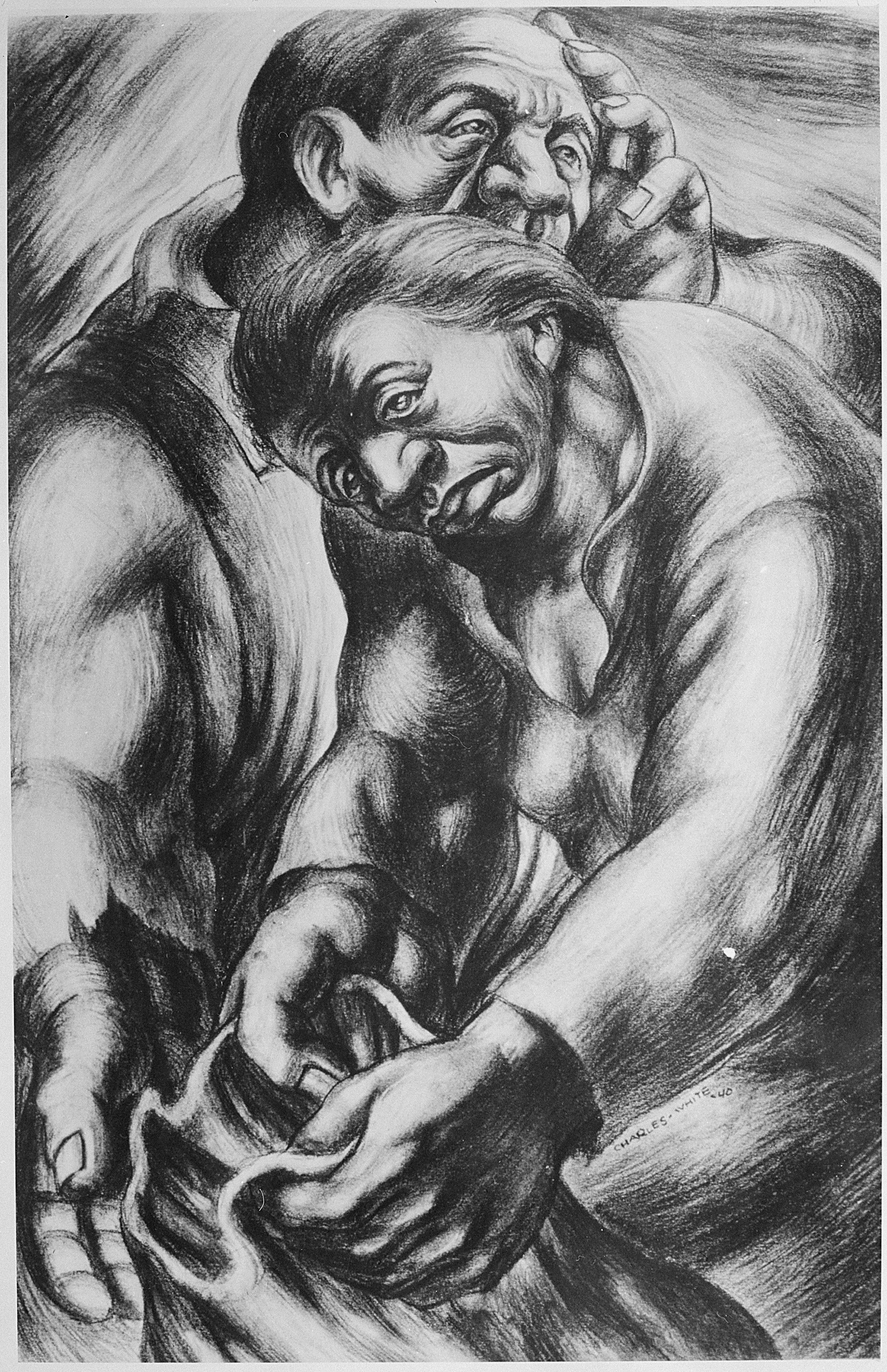
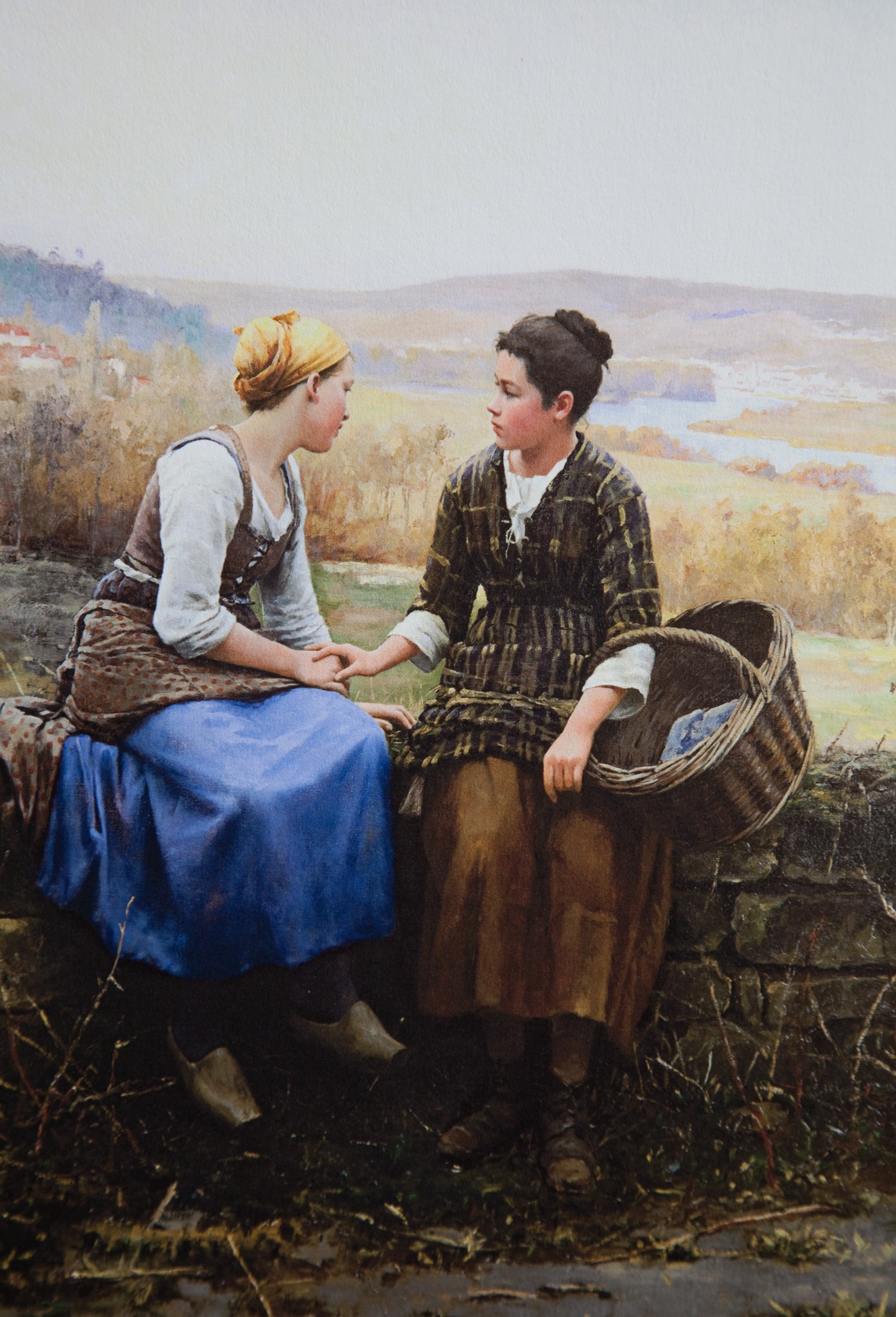
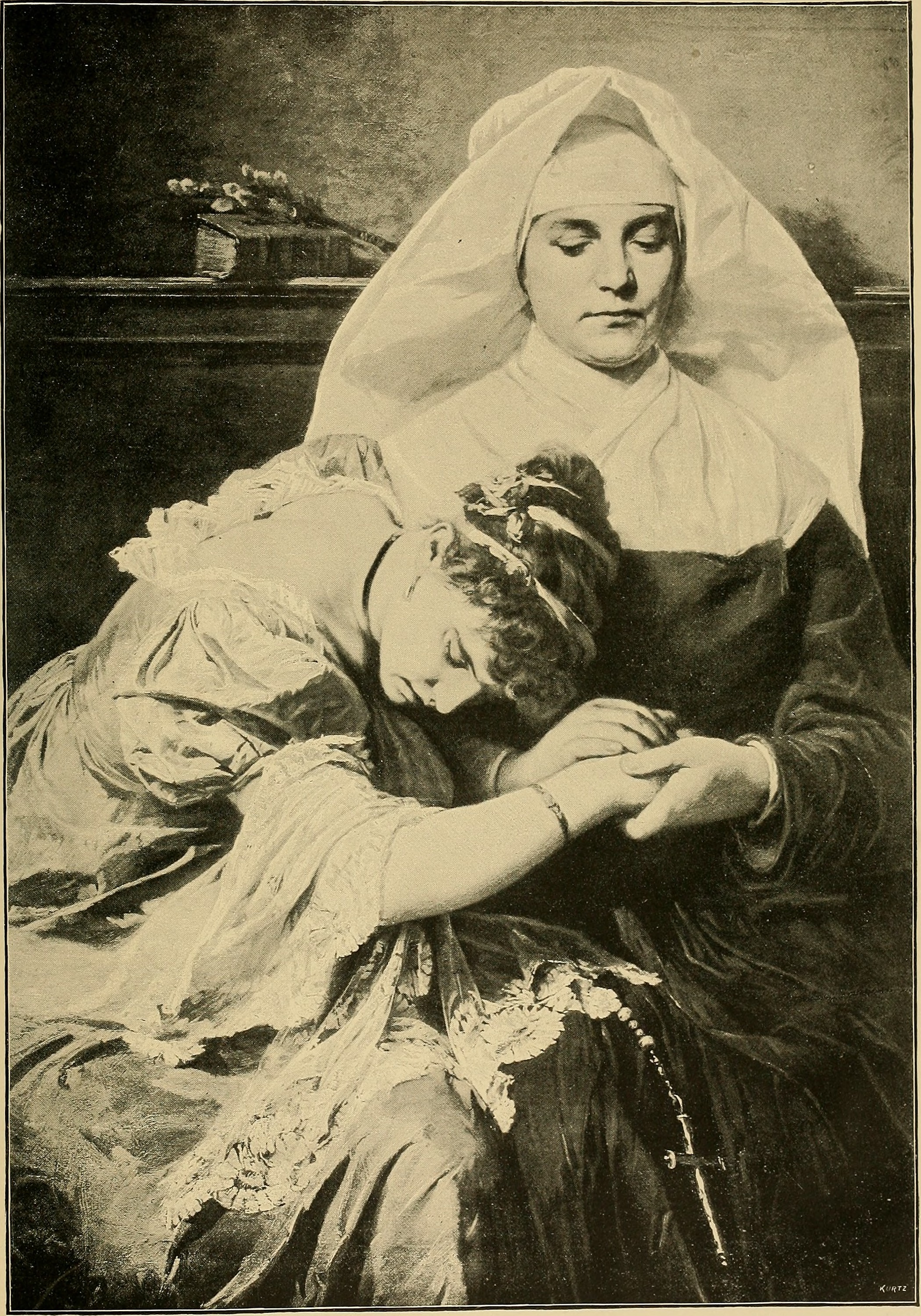
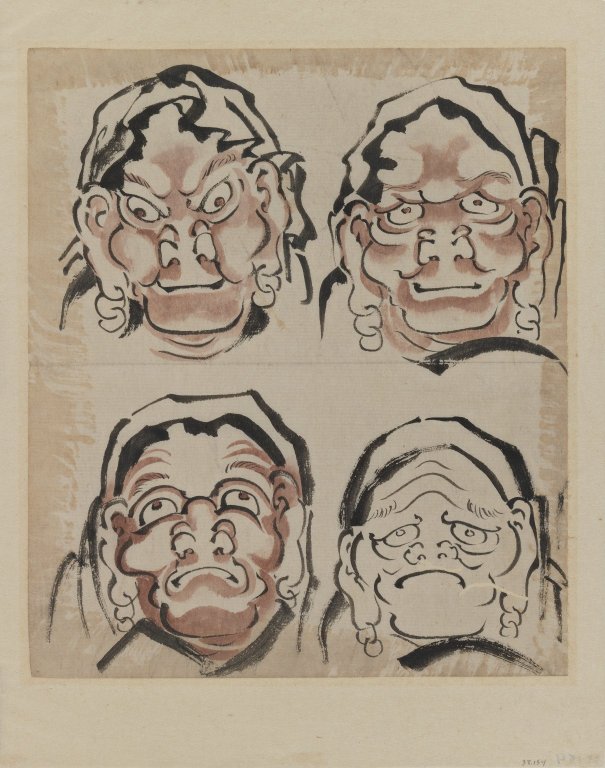
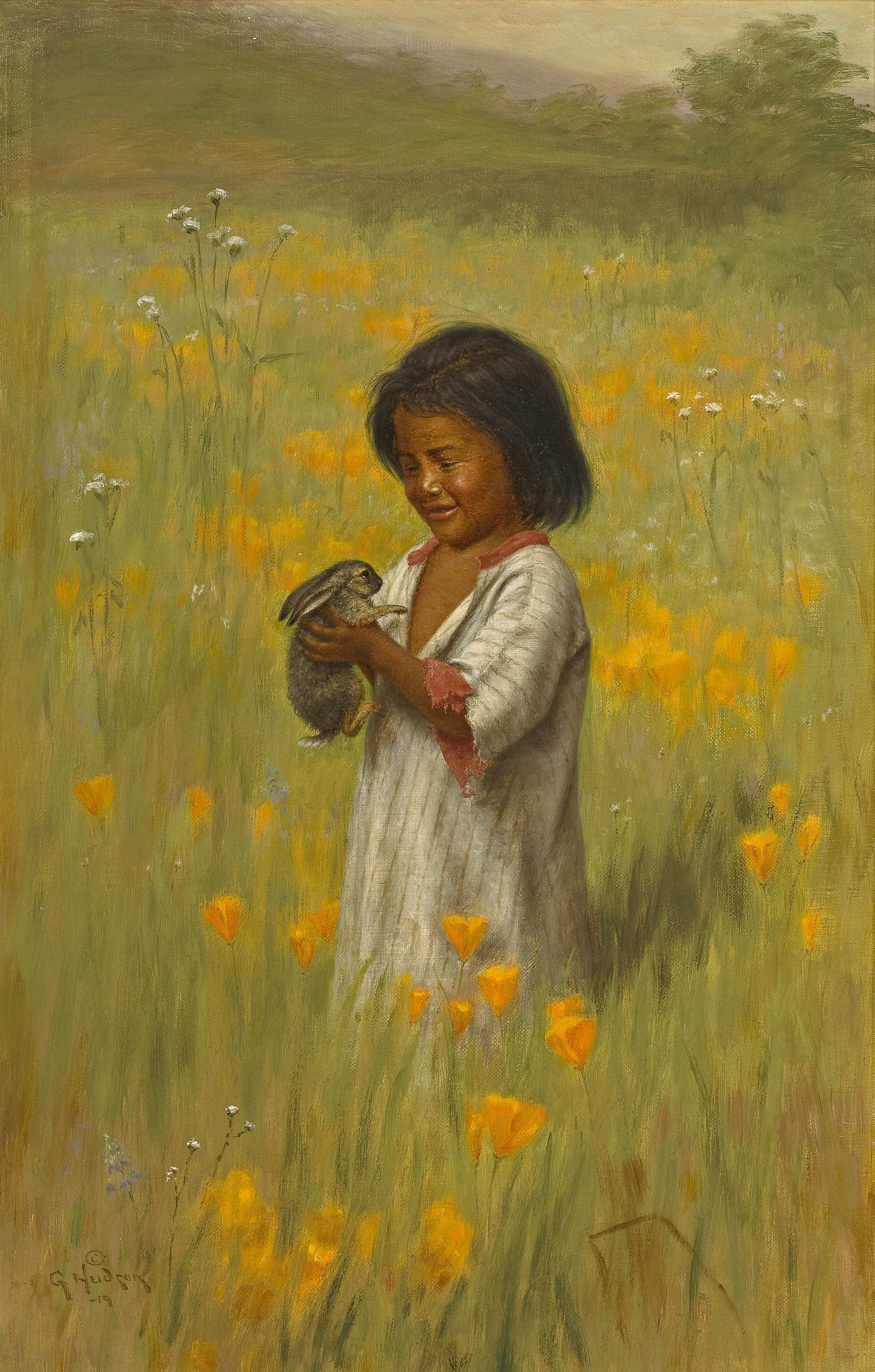

21 Comments